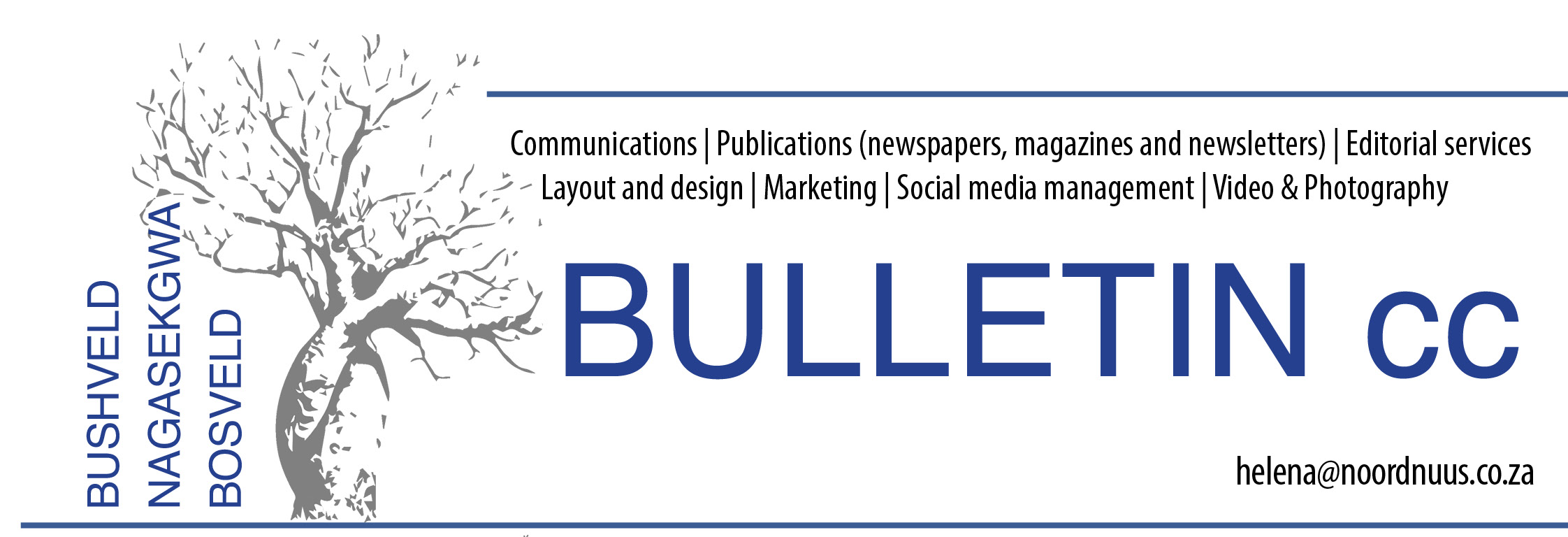Man-made wetland or possible health hazard?
LEPHALALE – A massive body of water behind Gompou Street in Onverwacht is
causing widespread dismay and worry.
Photos shared on the social media network, Facebook, this week caused many residents to recoil in disgust. “We have been aware of this problem for a long time,” one resident said, adding that the issue has dragged on for many years with no action from the local municipality.
Aerial photos of the area taken by a resident show a huge area filled with what is thought to be sewage, spreading over several areas of privately-owned land. “My concern is, what would happen if there is a flood and that waste ends up in the drinking water,” one resident said.
The photo’s clearly show that there is only a concrete wall between the water and some of the residential houses in the area. There are houses at the bottom of the street that are not protected by the wall. Northern News visited the area and saw that some of the houses were flooded with dirty water and seems to be uninhabitable.
Another resident of Gompou Street said the smell was unbearable at certain times. “I never realised that the problem might be this big,” she said and also believed that the water was sewage that could pose a health risk and might even be contaminating the underground water.
In 2012, the then municipal manager, Bob Naidoo, said R5-million would be spent on upgrading the town’s pump stations. He also said in January 2014, that plans were in place to upgrade and expand the sewage system at the Paarl point works.
Dr. James Dabrowski, a principal researcher at the Council for Scientific and Industrial Research (CSIR) was quoted in a report run by eNCA in October last year, saying that untreated sewage contains high quantities of faecal matter that typically contain pathogenic viruses which in water can spread diseases such as gastroenteritis, giardiasis, hepatitis, typhoid fever, cholera salmonellosis and dysentery. Infections in these diseases are contracted by drinking or swimming in contaminated water or eating food exposed to the water (like irrigated vegetables).
The Lephalale Municipality responded to queries by saying what is seen on the photo is in fact "treated sewage water from the overflow at Paarl Waste Water Treatment Works."
It says that “council has recently approved a plan by management to [abstract] the treated effluent from Paarl Waste Water for industrial usage.”
Details about the plan for [abstraction] will be provided at a later stage, the municipality reports.
According to DA councillor Astrid Basson, while the municipality is aware of the problem, it is not acting fast enough. “I believe the houses should never have been built in that area.”
“Lephalale’s sewage system just doesn’t have the capacity to deal with the waste at this stage,” she says. The DA indicated that it will report the issue to the Green Scorpions.
Most of the water collects on land that is owned by a local resident, Leon Fourie. Fourie says he had experts on his property in the past to test the water and the local ecology. “This area is a man-made swamp.”
“We need to find a positive solution for a negative situation,” he said.
According to Fourie residents should work with the municipality to maintain and control the swamp. “We need to establish exactly how much water is needed to create a healthy living environment for the fauna and flora in the area. Excess water can be allocated to industries in the community.”

LEPHALALE – Gompou Street had it’s fair share of visits from reptiles.
According to Marius Koekemoer from the local Reptile Rescue organisation, they caught two crocodiles in different yards in this street. One scaly friend made its appearance about two years ago and another one visited in December last year.
“We also regularly catch snakes there that are drawn by the abundant frogs,” said Marius.














0 Comments